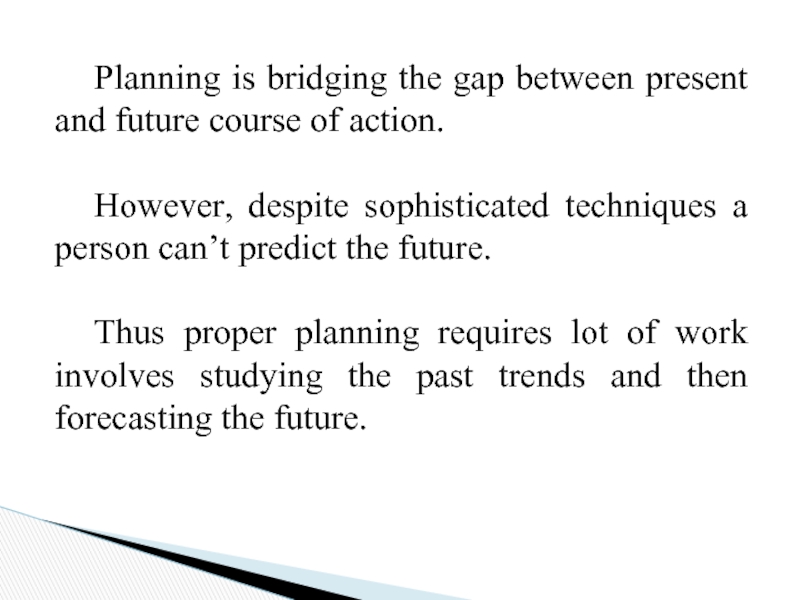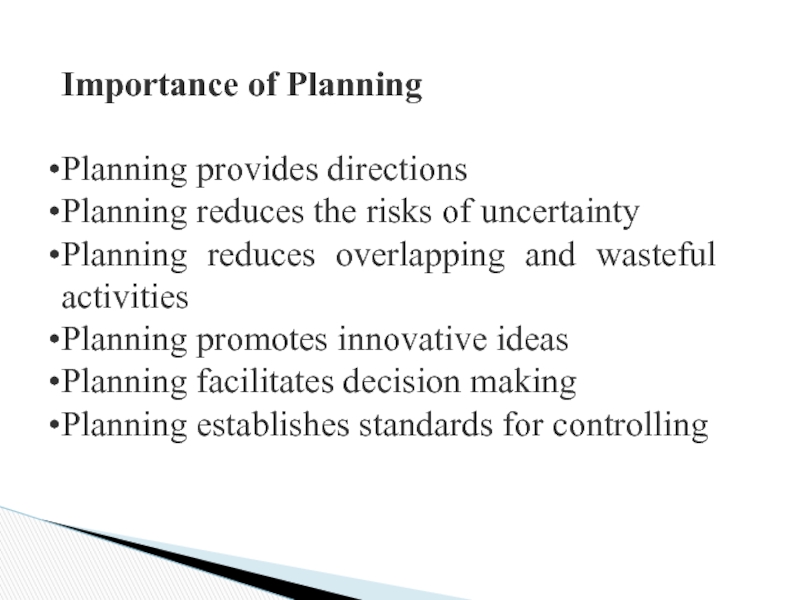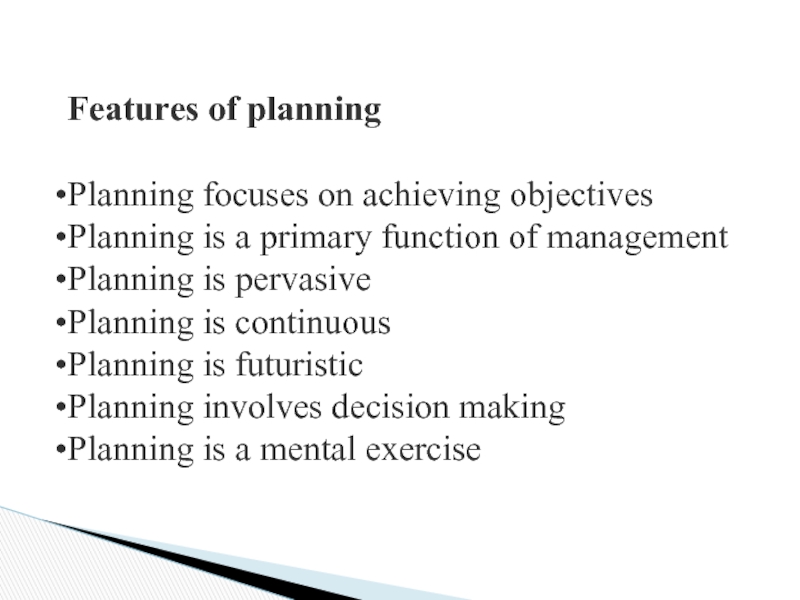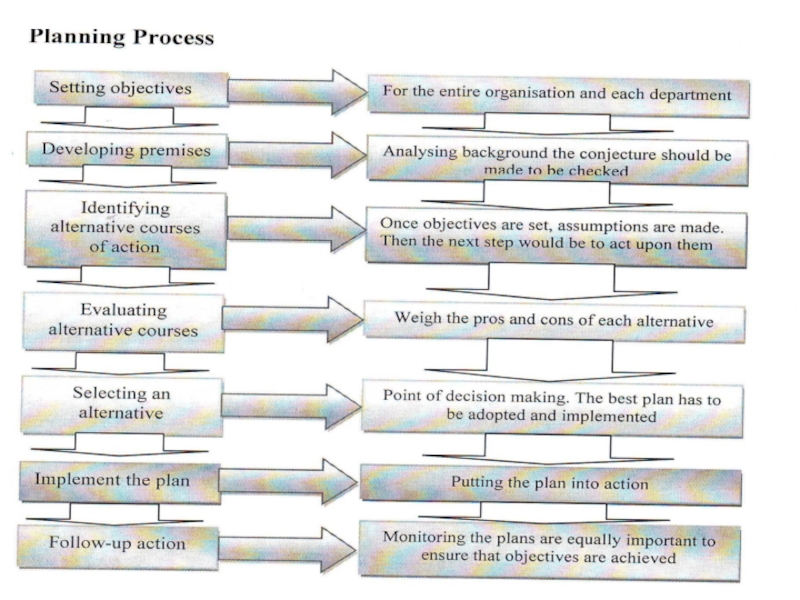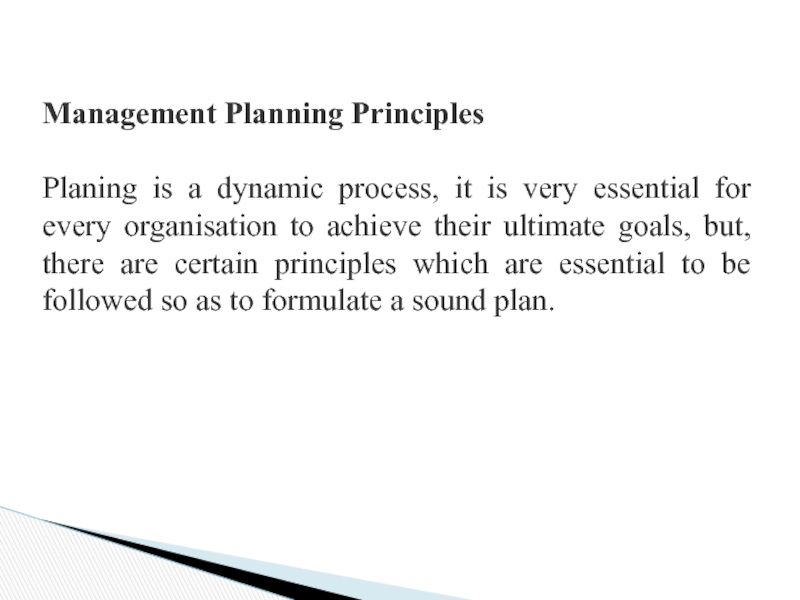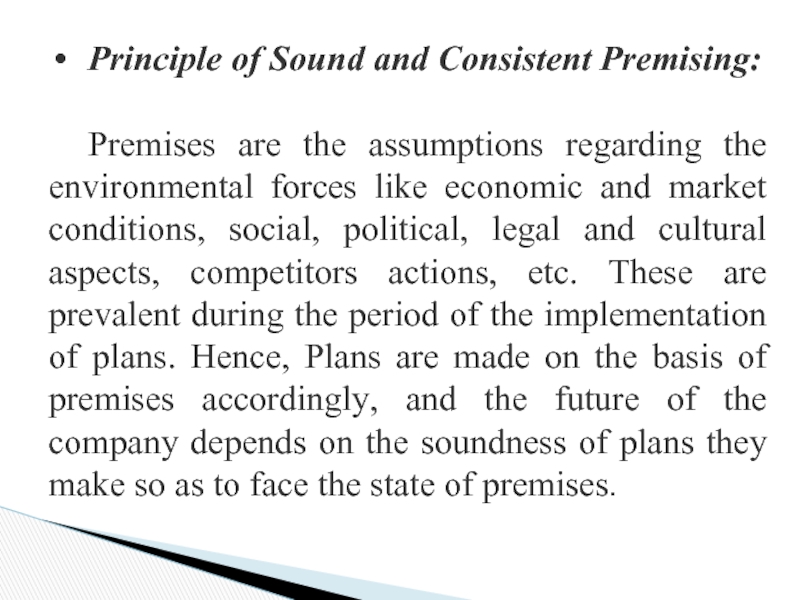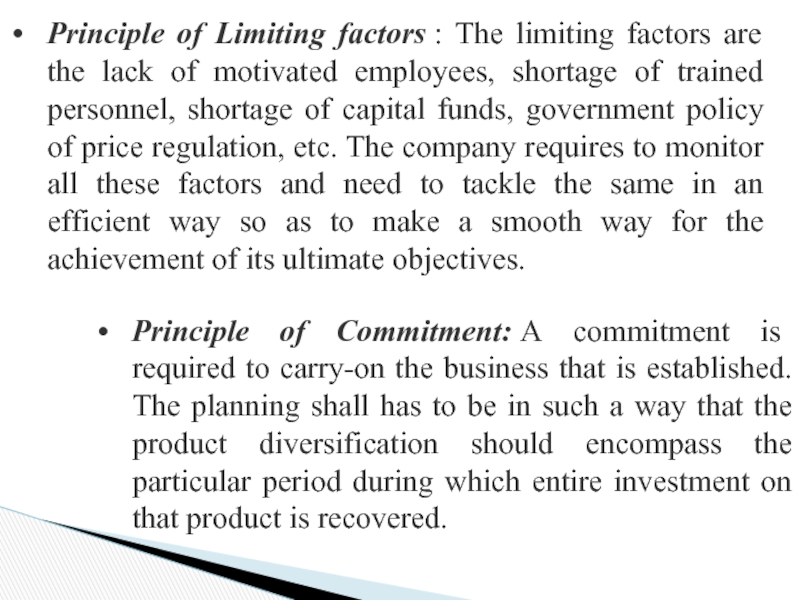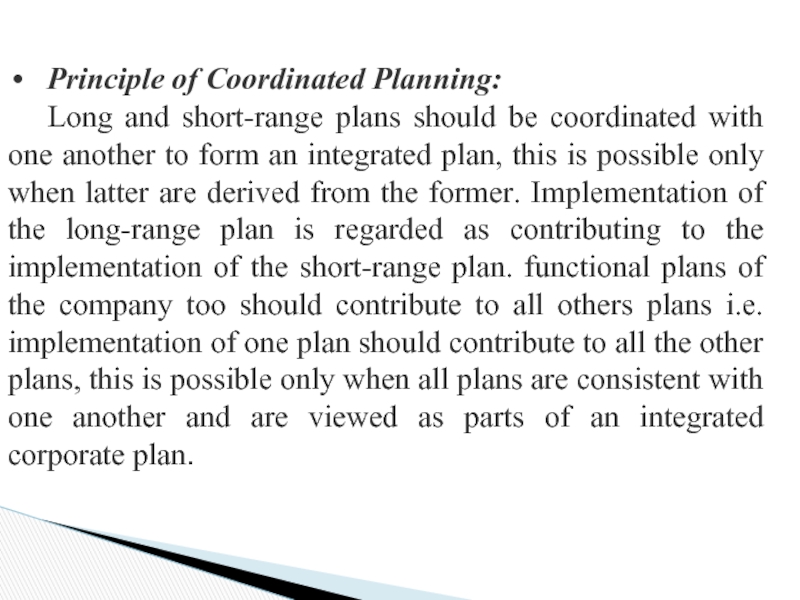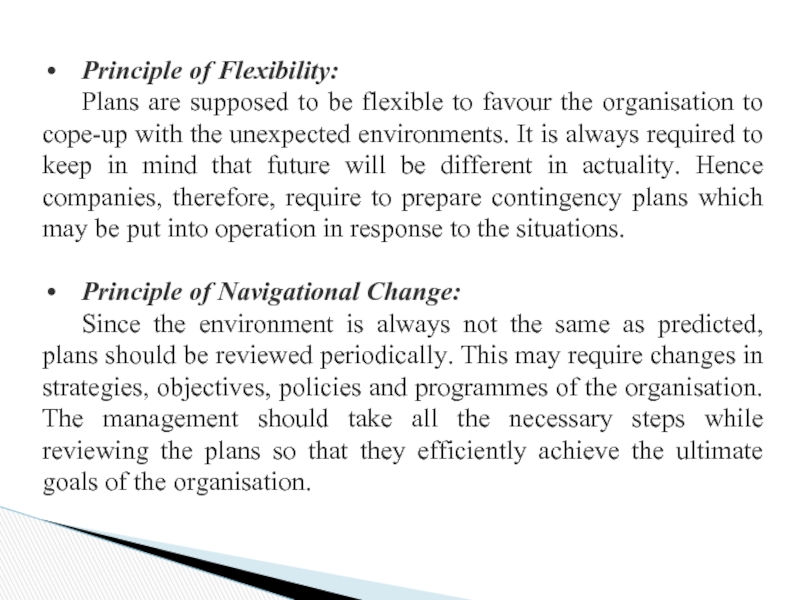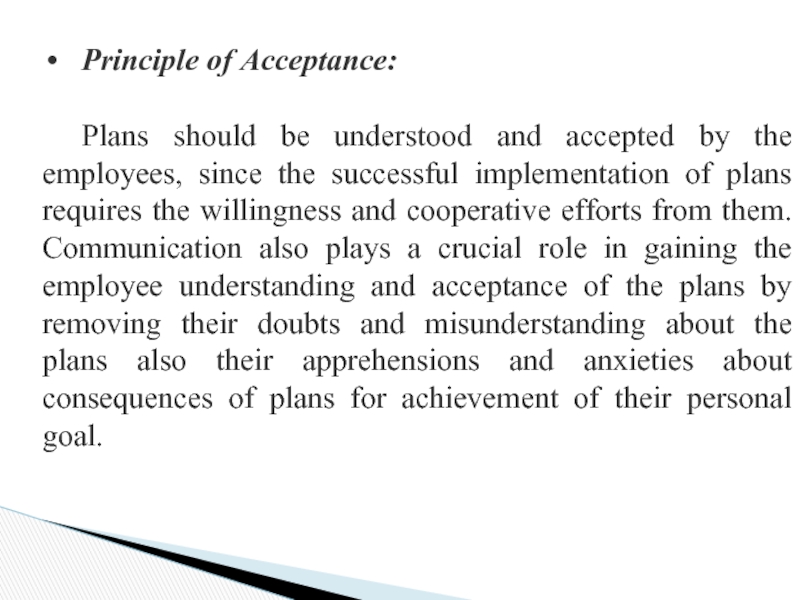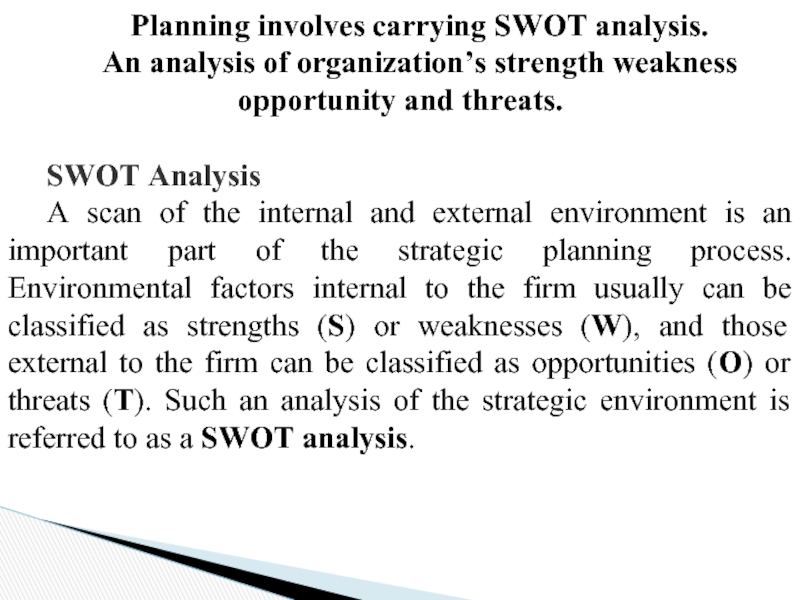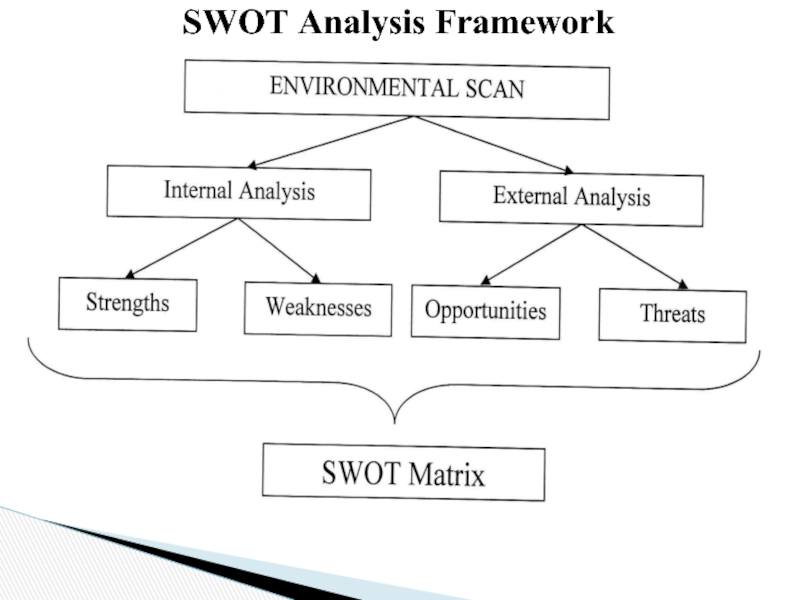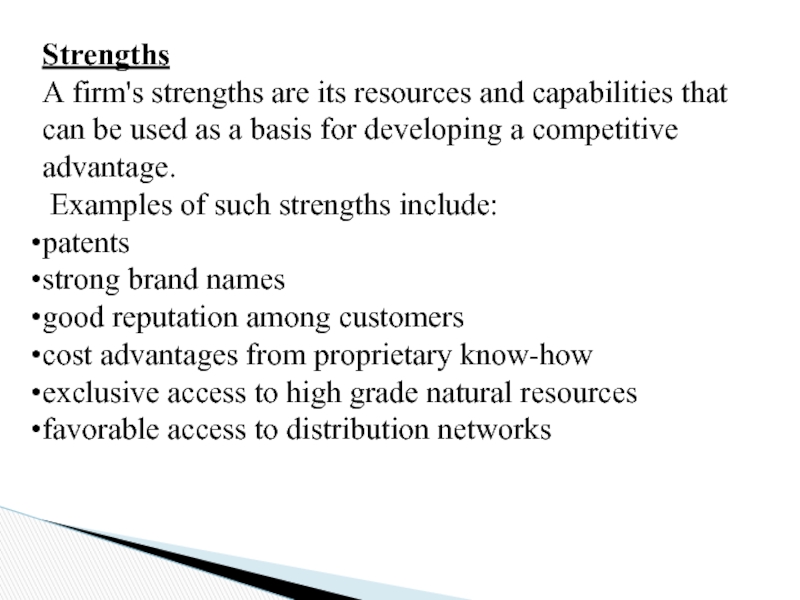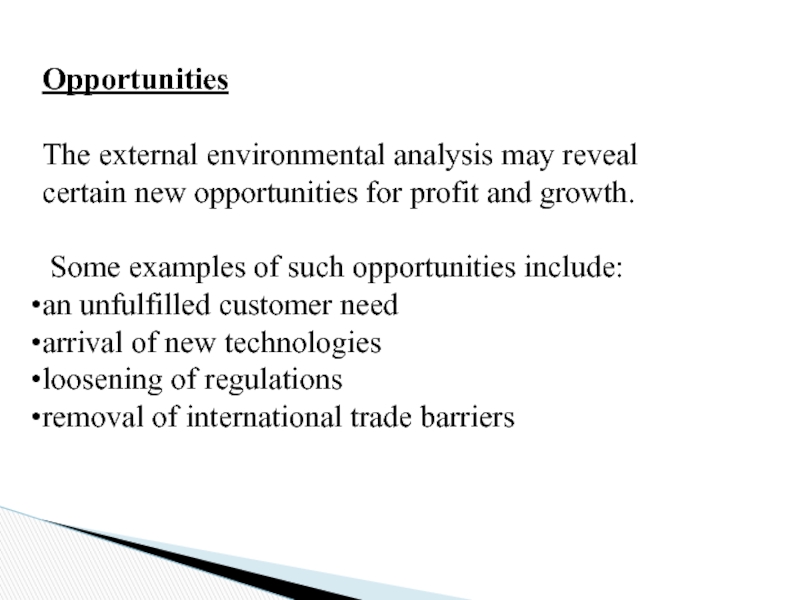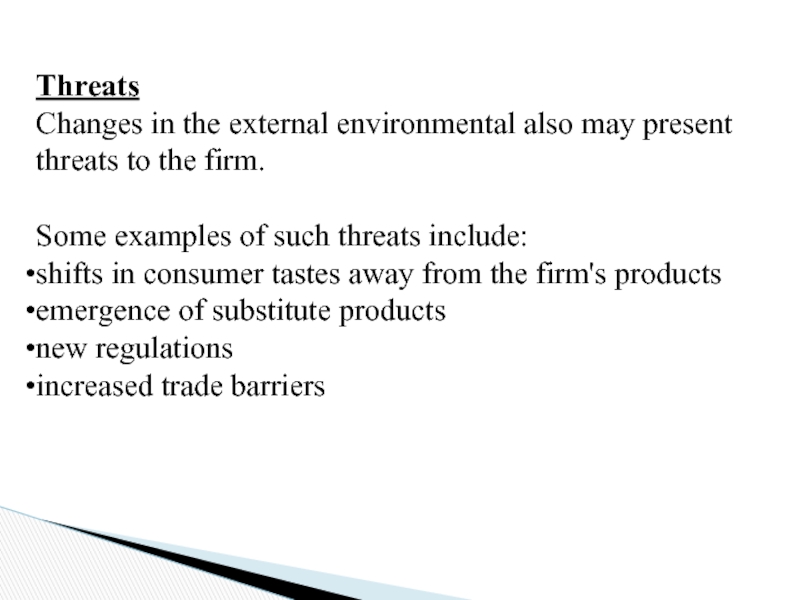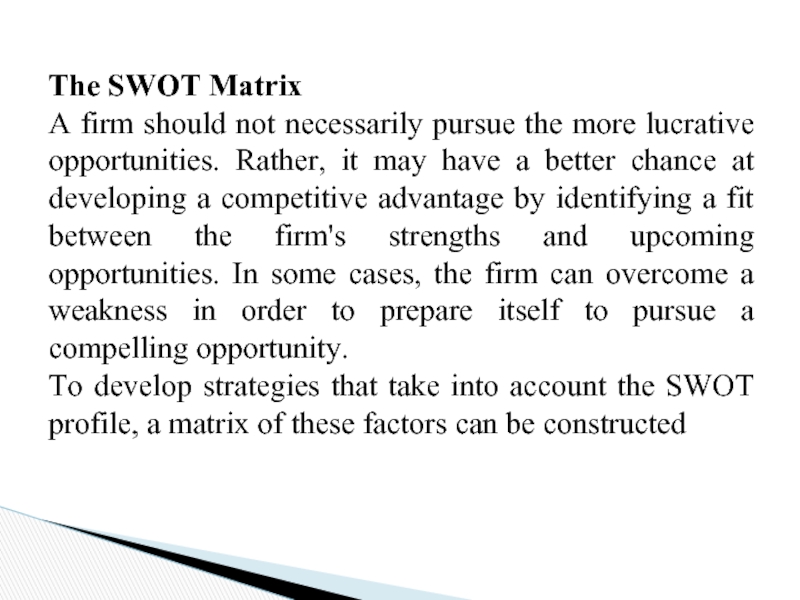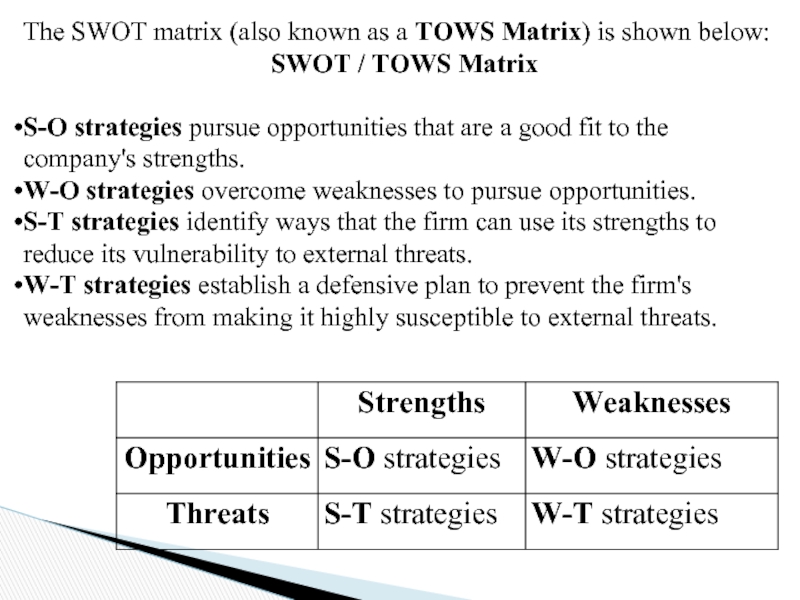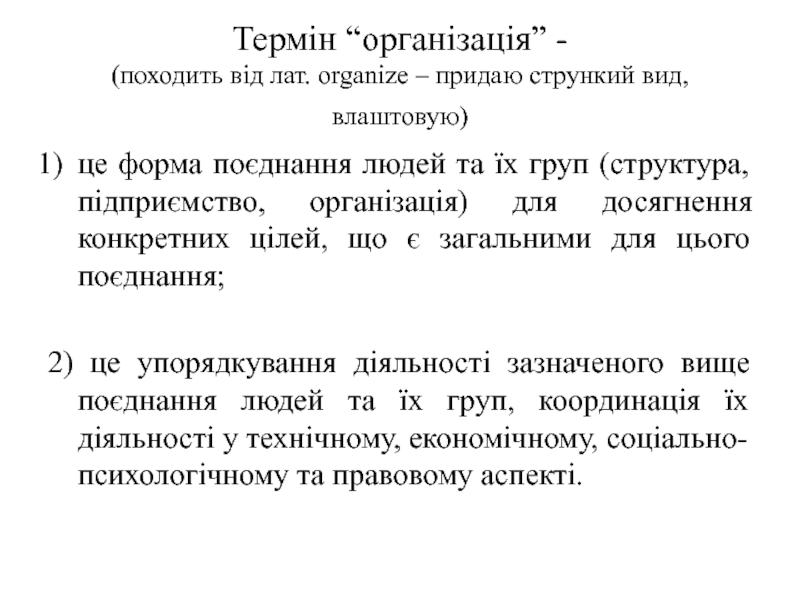- Главная
- Разное
- Дизайн
- Бизнес и предпринимательство
- Аналитика
- Образование
- Развлечения
- Красота и здоровье
- Финансы
- Государство
- Путешествия
- Спорт
- Недвижимость
- Армия
- Графика
- Культурология
- Еда и кулинария
- Лингвистика
- Английский язык
- Астрономия
- Алгебра
- Биология
- География
- Детские презентации
- Информатика
- История
- Литература
- Маркетинг
- Математика
- Медицина
- Менеджмент
- Музыка
- МХК
- Немецкий язык
- ОБЖ
- Обществознание
- Окружающий мир
- Педагогика
- Русский язык
- Технология
- Физика
- Философия
- Химия
- Шаблоны, картинки для презентаций
- Экология
- Экономика
- Юриспруденция
Planning as a function of management презентация
Содержание
- 1. Planning as a function of management
- 2. Planning is bridging the gap between present
- 3. Importance of Planning Planning provides directions
- 4. Features of planning Planning focuses on
- 6. Types of Plans Objectives Rule
- 7. Management Planning Principles Planing is a
- 8. Principle of Contribution: The purpose
- 9. Principle of Sound and Consistent Premising:
- 10. Principle of Limiting factors : The limiting factors
- 11. Principle of Coordinated Planning: Long and short-range
- 12. Principle of Timing: Number of major and
- 13. Principle of Flexibility: Plans are supposed to
- 14. Principle of Acceptance: Plans should
- 15. Planning involves carrying SWOT analysis. An
- 16. SWOT Analysis Framework
- 17. Strengths A firm's strengths are its resources
- 18. Weaknesses The absence of certain strengths
- 19. Opportunities The external environmental analysis may
- 20. Threats Changes in the external environmental also
- 21. The SWOT Matrix A firm should not
- 22. The SWOT matrix (also known as a TOWS
Слайд 1LECTURE 4 Planning as a function of management
“Planning bridges the gap
Koontz and O'Donnel.
Слайд 2Planning is bridging the gap between present and future course of
However, despite sophisticated techniques a person can’t predict the future.
Thus proper planning requires lot of work involves studying the past trends and then forecasting the future.
Слайд 3Importance of Planning
Planning provides directions
Planning reduces the risks of uncertainty
Planning reduces
Planning promotes innovative ideas
Planning facilitates decision making
Planning establishes standards for controlling
Слайд 4Features of planning
Planning focuses on achieving objectives
Planning is a primary function
Planning is pervasive
Planning is continuous
Planning is futuristic
Planning involves decision making
Planning is a mental exercise
Слайд 6Types of Plans
Objectives
Rule
Procedure
Strategy
Policy
Method
Programme
Budget
guide
determining long term objectives
guides to managerial action
Three dimen-sions
adopting a particular course of action
allocating resources necessary to achieve the objective
steps to be followed in particular circumstances
Ways or manner to achieve the goal
Statements inform what is to be done
Detailed statements about project
plan which quantifies future facts and figures
Слайд 7Management Planning Principles
Planing is a dynamic process, it is very essential
Слайд 8Principle of Contribution:
The purpose of planning is to ensure the effective
Слайд 9Principle of Sound and Consistent Premising:
Premises are the assumptions regarding the
Слайд 10Principle of Limiting factors : The limiting factors are the lack of
Principle of Commitment: A commitment is required to carry-on the business that is established. The planning shall has to be in such a way that the product diversification should encompass the particular period during which entire investment on that product is recovered.
Слайд 11Principle of Coordinated Planning:
Long and short-range plans should be coordinated with
Слайд 12Principle of Timing:
Number of major and minor plans of the organisation
Principle of Efficiency:
Cost of planning constitute human, physical and financial resources for their formulation and implementation as well. Minimizing the cost and achieving the efficient utilization of resources shall has to be the aim of the plans. Cost of plan formulation and implementation, in any case, should not exceed the organisations output's monetary value. Employee satisfaction and development, and social standing of the organisation are supposed to be considered while calculating the cost and benefits of plan.
Слайд 13Principle of Flexibility:
Plans are supposed to be flexible to favour the
Principle of Navigational Change:
Since the environment is always not the same as predicted, plans should be reviewed periodically. This may require changes in strategies, objectives, policies and programmes of the organisation. The management should take all the necessary steps while reviewing the plans so that they efficiently achieve the ultimate goals of the organisation.
Слайд 14Principle of Acceptance:
Plans should be understood and accepted by the
Слайд 15Planning involves carrying SWOT analysis.
An analysis of organization’s strength weakness
SWOT Analysis
A scan of the internal and external environment is an important part of the strategic planning process. Environmental factors internal to the firm usually can be classified as strengths (S) or weaknesses (W), and those external to the firm can be classified as opportunities (O) or threats (T). Such an analysis of the strategic environment is referred to as a SWOT analysis.
Слайд 17Strengths
A firm's strengths are its resources and capabilities that can be
Examples of such strengths include:
patents
strong brand names
good reputation among customers
cost advantages from proprietary know-how
exclusive access to high grade natural resources
favorable access to distribution networks
Слайд 18Weaknesses
The absence of certain strengths may be viewed as a weakness.
For example, each of the following may be considered weaknesses:
lack of patent protection
a weak brand name
poor reputation among customers
high cost structure
lack of access to the best natural resources
lack of access to key distribution channels
In some cases, a weakness may be the flip side of a strength. Take the case in which a firm has a large amount of manufacturing capacity. While this capacity may be considered a strength that competitors do not share, it also may be a considered a weakness if the large investment in manufacturing capacity prevents the firm from reacting quickly to changes in the strategic environment.
Слайд 19Opportunities
The external environmental analysis may reveal certain new opportunities for profit
Some examples of such opportunities include:
an unfulfilled customer need
arrival of new technologies
loosening of regulations
removal of international trade barriers
Слайд 20Threats
Changes in the external environmental also may present threats to the
Some examples of such threats include:
shifts in consumer tastes away from the firm's products
emergence of substitute products
new regulations
increased trade barriers
Слайд 21The SWOT Matrix
A firm should not necessarily pursue the more lucrative
To develop strategies that take into account the SWOT profile, a matrix of these factors can be constructed
Слайд 22The SWOT matrix (also known as a TOWS Matrix) is shown below:
SWOT
S-O strategies pursue opportunities that are a good fit to the company's strengths.
W-O strategies overcome weaknesses to pursue opportunities.
S-T strategies identify ways that the firm can use its strengths to reduce its vulnerability to external threats.
W-T strategies establish a defensive plan to prevent the firm's weaknesses from making it highly susceptible to external threats.

